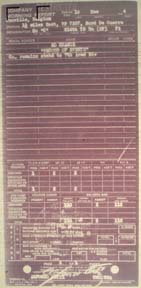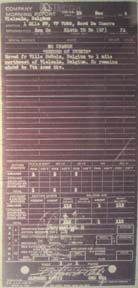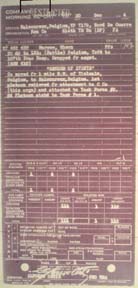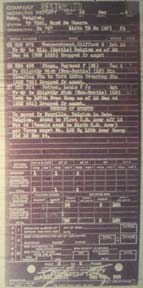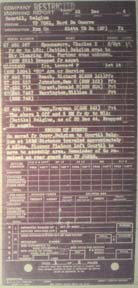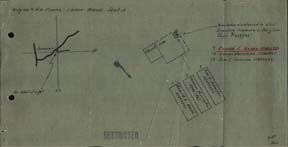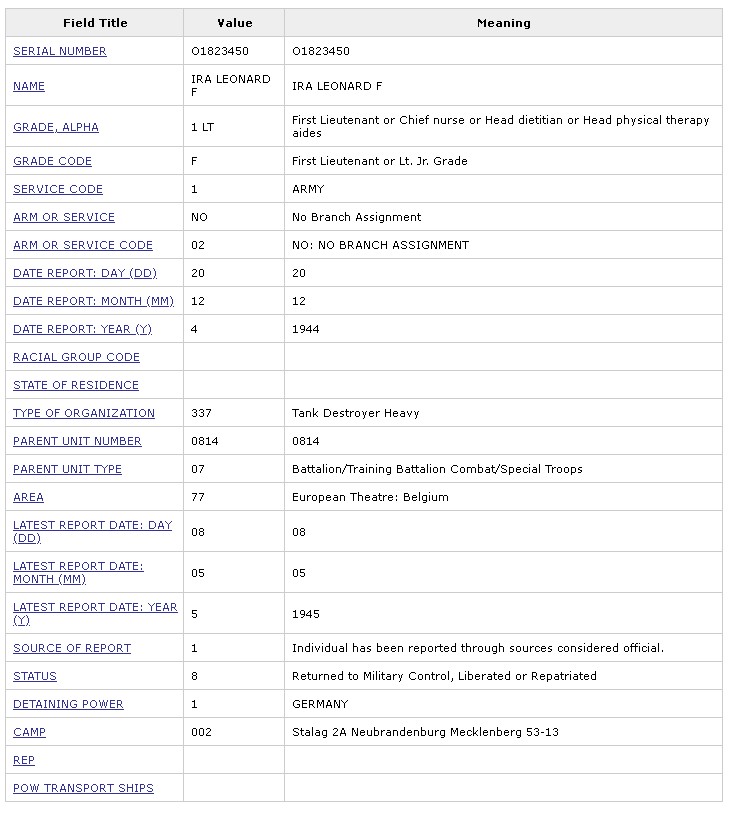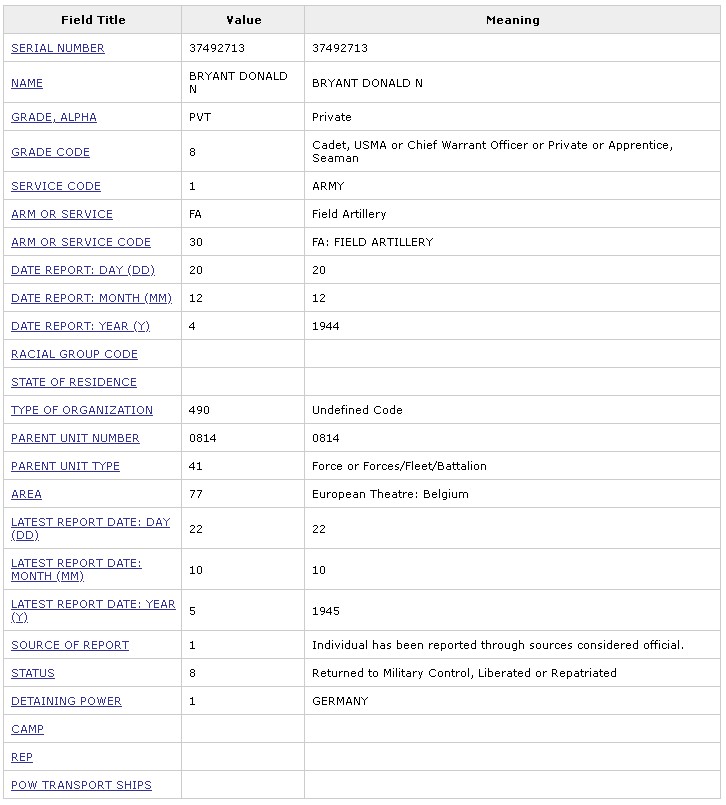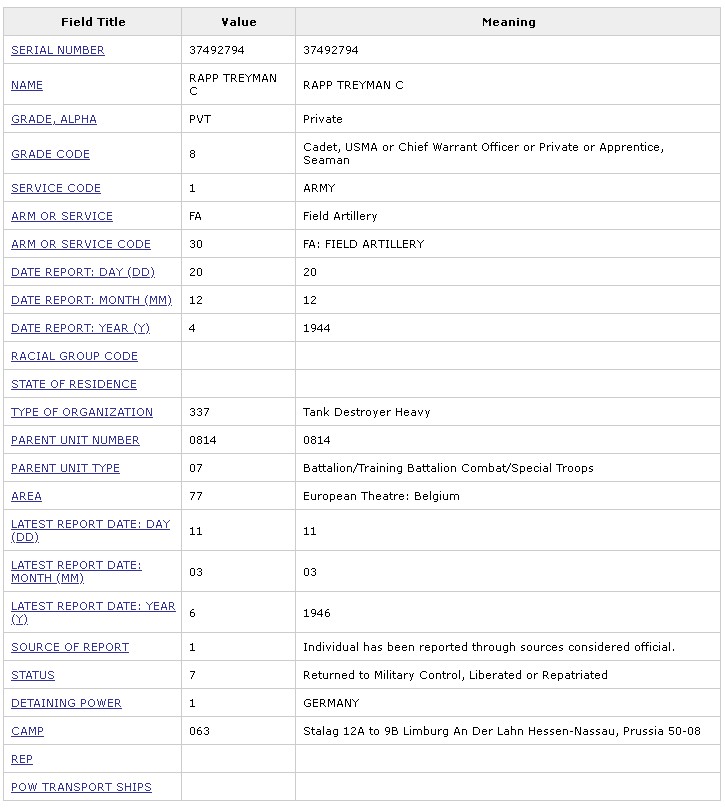|
1st Lt. Maurice A. Yarter (C/814) Statement 5 Mar 1945
5 March 1945.
I, the undersigned, am the platoon leader of the 1st Platoon, Company "C", 814th Tank Destroyer Battalion (SP) and was present for duty, together with the following officers of Company "C" on 20 December 1944:
CAPTAIN DONALD E. REID, 0442897, FA - Co. Commander.
1ST LT JACK P. DILLENDER, 01824813, AUS - 2d Platoon Ldr.
1ST LT CLIFFORD S. WENNERSTRAND, 01825785, AUS - 1st Platoon Ldr.
2d LT HUGO T. BERTRUCH JR., 01824410, AUS - 3rd Platoon Ldr.
2d LT BRUNO P. ZAGANELLI, 01822213, AUS - Co. Executive.
On 20 December 1944, German armor was reported in the vicinity of Houffalize, Belgium. 1st Lt. Clifford S. Wennerstrand, 01825785, was assigned the mission of intercepting and destroying it. One (1) section of the Reconnaissance Company under the command of 1st Lt. Leonard F. Ira, 01823450, was attached to the 1st Platoon of Co. "C", for the mission. All evidence obtainable from eye witnesses reveals that the column was ambushed and Lt. Wennerstrand was last seen lying in the ditch on the side of the road, wounded. Attempts were made to reach him but bazooka, small arms and machine fire prevented it.
1st Lt. Leonard F. Ira, 01823450, was last seen lying in the middle of the road, knocked out as a result of two (2) Bazooka hits on his 1/4 ton. To the best of my knowledge 1st Lt. Leondard F. Ira, 01823450, was not wounded. Lt. Ira was leading the column and the intensity of small arms, bazooka and machine gun fire prevented his evacuation.
Captain John P. Reid, 0435581, FA, Reconnaissance Company, this organization, later found and immediately identified the body of 1st Lt. Clifford S. Wennerstrand, 01825785.
1st Lt. Clifford S. Wennerstrand, 01825785, was the only casualty in Co. "C" and the officers listed above are all presently on a duty status within the battalion.
There is no doubt in my mind that unknown X-12, Foy and 1st Lt. Clifford S. Wennerstrand, 01825785, are one and the same person.
[signature]
MAURICE A. YARTER, 01824218,
1st Lt., AUS,
Co. C, 814th TD Bn. (SP)
Subscribed and sworn before me this 5th day of March 1945.
[signature]
AL ORTIZ
CWO, USA
Assistant Adjutant
|
 1st Lt. Clifford Samuel Wennerstrand (1222 Tank Destroyer Unit Commander) - KIA
1st Lt. Clifford Samuel Wennerstrand (1222 Tank Destroyer Unit Commander) - KIA
 Pvt. William H. Harrington (745 Rifleman) - KIA
Pvt. William H. Harrington (745 Rifleman) - KIA
